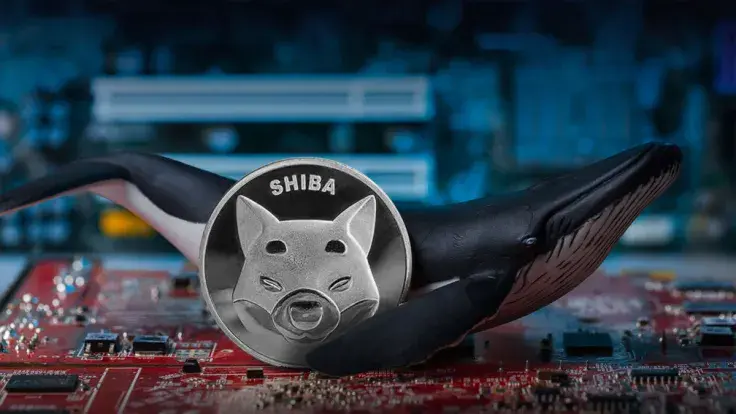
Disclaimer: The opinions expressed by our writers are their own and do not represent the views of U.Today. The financial and market information provided on U.Today is intended for informational purposes only. U.Today is not liable for any financial losses incurred while trading cryptocurrencies. Conduct your own research by contacting financial experts before making any investment decisions. We believe that all content is accurate as of the date of publication, but certain offers mentioned may no longer be available.
Shiba Inu whales seem to be awakening; a key metric that often gives an inkling of the actions of these large holders has soared 228% in the last 24 hours.
According to the on-chain analytics firm IntoTheBlock, large transactions on the Shiba Inu network in the last 24 hours totaled $36.45 million, which represents an increase of 228.64%.
Large transactions are those exceeding $100,000, and a spike in this metric might be due to a large quantity of buying or selling by whales or institutional holders.
Oftentimes, a move in the price of Shiba Inu has coincided with a significant spike in this metric.
Shiba Inu seems to kick off April on the right foot after closing March down by 9.83%. At the time of writing, Shiba Inu was up 2.60% in the last 24 hours at $0.00001084.
According to CoinMarketCap data, a whopping 17,603,658,210,868 (17.6 trillion) SHIB worth $190,816,713 was swapped in the last 24 hours. Shiba Inu's 24-hour trading volume was up nearly 21% at the time of writing.
6.78 billion SHIB burned in March
According to the Shibburn Twitter account, a whopping 6,782,788,547 SHIB tokens were burned in March with 540 transactions.
🔥🔥🔥 6,782,788,547 $SHIB tokens have been burned in the month of March with 540 transactions. #shib
— Shibburn (@shibburn) April 1, 2023Advertisement
In the last 24 hours, a total of 149,313,637 SHIB tokens were burned and eight transactions were made.
In the past month as well, SHIB long-term holders rose to the highest level since the project's inception. IntoTheBlock data gives the percentage of long-term holders, which refers to "hodlers," or those that have held for more than a year, as 67%.

 Dan Burgin
Dan Burgin Tomiwabold Olajide
Tomiwabold Olajide Denys Serhiichuk
Denys Serhiichuk Alex Dovbnya
Alex Dovbnya